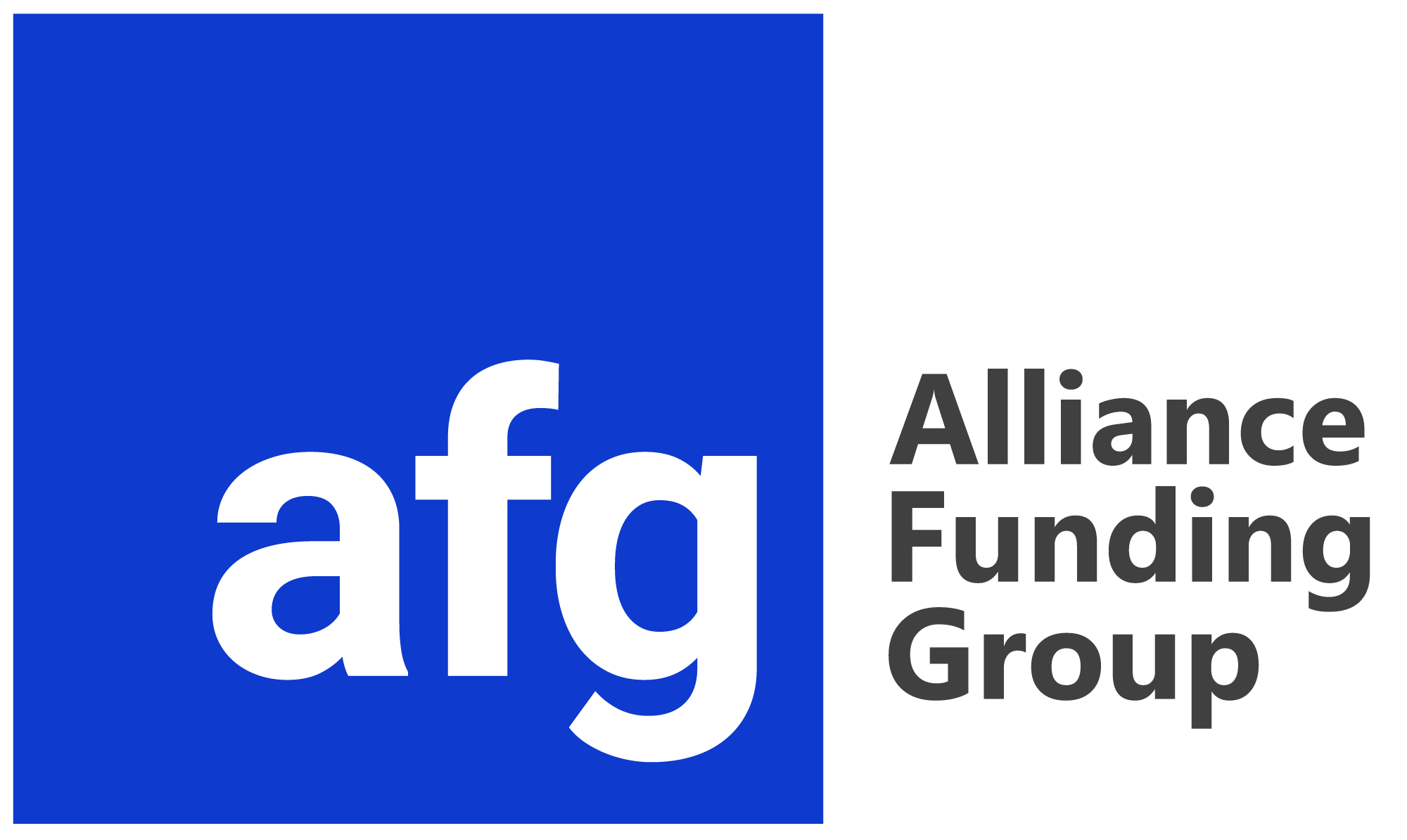Inflation is the subtle yet powerful economic current that can quietly erode the foundations of your business’s financial stability. While it’s most commonly analyzed from the consumer perspective, the inflationary pressure on businesses, particularly those with substantial capital investments, cannot be understated. In this article, we aim to unravel the impact of inflation on your business, providing insights to help you better navigate the ever-changing economic landscape.
What is Inflation?
At its most basic, inflation refers to the increase in the average price of goods and services over time. It results in the devaluation of a currency’s purchasing power, whereby each unit of currency procures less than before. While consumers feel this change, its effects also permeate the business world, greatly influencing the operations and strategies of companies, especially those that depend heavily on substantial physical assets.
The Impact of Inflation on Businesses
Cost of Capital: As inflation increases, so does the cost of capital. Banks and other financial institutions usually raise interest rates to combat inflation, which in turn raises the cost of borrowing for businesses. Consequently, the cost of obtaining new capital to finance equipment or other investments can increase. This makes it harder to finance growth initiatives or new equipment. And if your company has debt with variable interest rates, your repayments could increase drastically.
In anticipation of a rising inflation rate, you might start considering long-term, fixed-rate financing options. As a non-bank lender, AFG operates independently of traditional bank regulations and interest rate norms, offering you flexibility and competitive rates that could prove crucial in inflationary times. We invite you to explore how AFG can guide you through this process.
Equipment Costs: Companies dealing in physical assets, such as manufacturing, construction, or logistics, are significantly affected as inflation increases the cost of equipment. The price of raw materials, the cost of production, and the price of finished goods all rise, leading to an overall increase in the cost of business operations.
Cash Flow: The impact of inflation on cash flow can be significant and comes from many angles. For starters, if the business’s costs are rising due to inflation, this means that more cash is required to pay for the same level of goods and services as before. This includes everything from the electricity bill to the cost of replenishing inventories. If the company has not increased its prices (or cannot, due to competitive pressures), then more cash will be going out of the business, and less will be coming in. This can squeeze cash flow and make it more difficult to meet obligations or pursue growth opportunities.
Pricing Strategy: To keep pace with rising costs, businesses often have to increase their prices. However, doing so can be a delicate balancing act. If prices are raised too much or too quickly, it could drive customers away to competitors. On the other hand, if prices are not raised enough, the business might not cover its costs, squeezing profit margins. It’s essential to have a clear understanding of the market dynamics and the business’s cost structures to create an effective pricing strategy during inflationary times.
The Role of Equipment Financing Amidst Inflation
When inflation is on the rise, the benefits of equipment financing become even more pronounced. Here’s how AFG can help you:
Fixed Interest Rates: Equipment financing often comes with fixed interest rates, meaning the interest you pay won’t increase over the life of the loan. This provides a level of certainty and stability in your financial planning, protecting you from the ups and downs of inflation.
Manageable Costs: Equipment financing allows for the cost of equipment to be spread out over time, rather than requiring a significant upfront investment. This can be particularly beneficial in periods of inflation when preserving cash flow becomes critical.
Latest Technology: Equipment financing gives you the flexibility to access the latest technology. This can be a game-changer, especially in times of inflation, allowing businesses to improve efficiency and productivity, potentially offsetting increased operating costs.
Tax Benefits: The IRS Section 179 Deduction allows you to take the depreciation deduction for up to $1,080,000 of equipment you buy or finance in its first year. In an inflationary environment, this can provide valuable savings and help to partially offset the effect of increased costs.
—
While inflation can present challenges, understanding its impact and strategically using tools like equipment financing can help mitigate its effects. At AFG, we strive to provide resources and solutions tailored to your unique circumstances, aiding you in navigating the uncertain waters of inflation. Remember, as daunting as economic changes may be, businesses equipped with knowledge and strategic tools are well-positioned to weather any storm. Reach out to us to discuss your equipment financing needs and learn how we can help you in these inflationary times.



